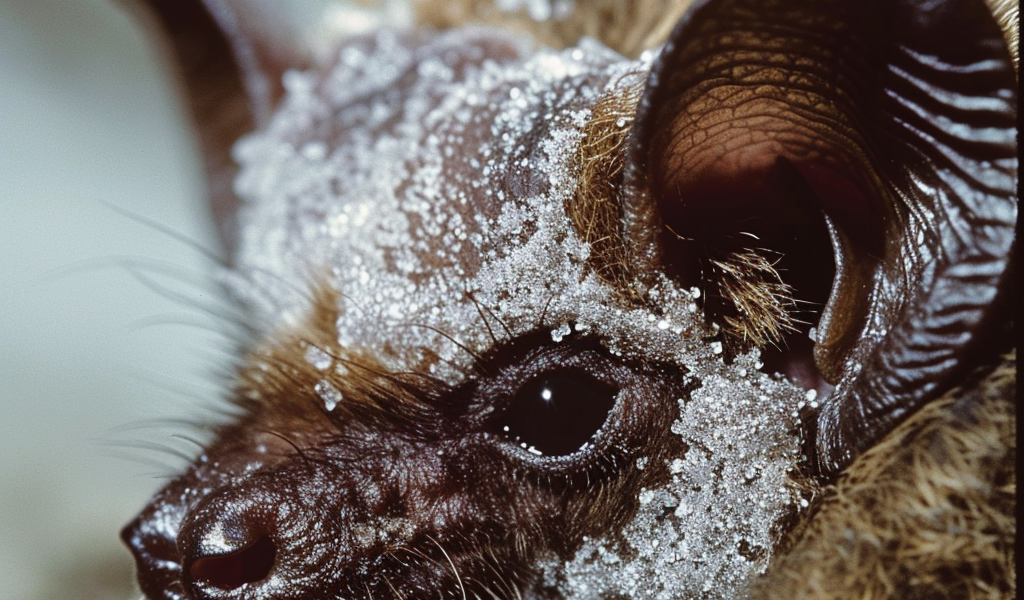Bat populations in Colorado are facing a dire threat as they battle against a deadly fungus causing white-nose syndrome, a condition that could have far-reaching ecological consequences throughout the state.
Recently, two bats discovered in Boulder County in late February 2024 were found to be afflicted with white-nose syndrome, a lethal fungal disease. Furthermore, additional bats in Larimer County also tested positive for the syndrome earlier this spring.
The first instances of North American bats exhibiting white fungus on their faces, ears, and wings were documented in 2006 in caves near Albany, New York, where they hibernate. This fungus leads to bats losing essential nutrients and moisture through their skin, prompting them to prematurely awaken from hibernation in search of sustenance and water.
Since its initial discovery, the disease has rapidly spread westward, reaching Washington state in 2015 and California four years later. By 2021, it had been confirmed in Montana and New Mexico. The first signs of the fungus in Colorado were reported in the summer of 2022.
As a bat biologist specializing in the genetics of Myotis bats, my research primarily revolves around identifying genetically distinct bat populations and their geographical distribution. This knowledge is crucial in predicting the impact of white-nose syndrome on these populations and understanding how the disease spreads across different regions.
Understanding White-Nose Syndrome
White-nose syndrome is a condition caused by infection with a fungus known as Pseudogymnoascus destructans. While most fungi thrive in warm, damp environments, Pseudogymnoascus destructans is unique in that it thrives in cold conditions. This characteristic enables it to grow on bats during hibernation when their body temperatures drop, and their immune systems are weakened.
Bats infected with Pseudogymnoascus destructans suffer from a range of symptoms, including white fungal growth on their muzzles, ears, and wings, leading to severe physiological imbalances. The fungus disrupts the bats’ hibernation patterns, causing them to expend vital resources prematurely and ultimately endangering their survival.
The emergence of white-nose syndrome poses a significant threat to bat populations in Colorado, with the potential for cascading effects on the state’s ecosystems. Efforts to monitor and mitigate the spread of this deadly fungus are crucial in safeguarding the future of these vital nocturnal creatures.





